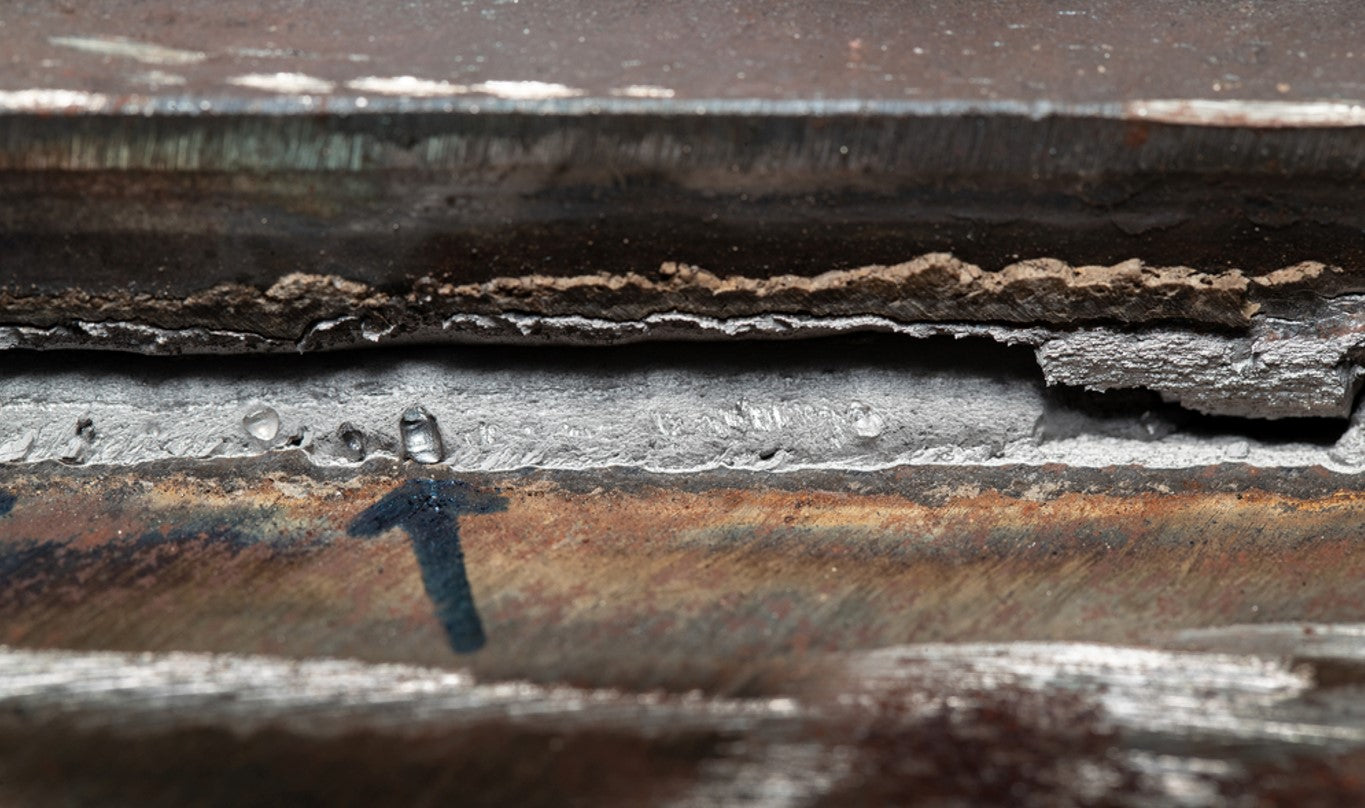Preventing Weld Undercut: Proven Approaches Every Welder Need To Know
Preventing Weld Undercut: Proven Approaches Every Welder Need To Know
Blog Article
Essential Tips for Welders: Avoiding Undercut Welding and Ensuring Stronger Weld Joints
In the world of welding, accomplishing long lasting and solid weld joints is the foundation of creating premium job. One typical obstacle that welders usually encounter is undercut welding, which can endanger the integrity of the weld joint.

Comprehending Undercut Welding
Undercut welding is an usual welding flaw that happens when the weld metal falls short to effectively load the groove and causes a groove-like clinical depression along the weld grain. This issue weakens the weld joint, making it prone to fracturing and failure under tension. Damaging can be caused by different factors, including too much welding existing, high welding rate, inappropriate electrode angle, incorrect electrode dimension, and bad welding technique.
Among the major reasons for undercut welding is an inequality between the welding existing and the welding rate. If the welding current is also high or the welding speed is also fast, the weld metal might not properly fill the groove, leading to undercutting. Additionally, making use of an electrode that is too huge can lead to a comparable outcome, as the excess metal can not appropriately stream right into the groove.
To stop undercut welding, welders must guarantee they are utilizing the proper welding criteria, preserve an ideal electrode angle, choose the suitable electrode size, and method appropriate welding techniques. By attending to these aspects, welders can lessen the threat of damaging and develop more powerful, much more reliable weld joints.
Appropriate Welding Method
Efficient welding strategy plays an important role in guaranteeing the top quality and stability of weld joints. One fundamental facet of correct welding strategy is maintaining the proper angle and range between the welding weapon and the work surface.
In addition, a constant and regular hand activity is crucial for creating solid and sturdy weld joints. Welders need to intend for smooth, uniform activities to make certain even distribution of the weld material. Appropriate manipulation of the welding weapon and filler product is additionally essential to achieving optimum infiltration and fusion.
Furthermore, controlling the heat input and choosing the proper welding criteria based upon the product being bonded are crucial elements in achieving high-quality welds - Preventing weld undercut. Welders must follow the recommended settings offered by welding treatment requirements and change them as needed based upon the details demands of the job. By mastering appropriate welding methods, welders can dramatically boost the toughness and integrity of their weld joints
Choosing the Right Electrode
Maintaining the proper angle and range between the welding gun and the work surface is essential when considering the significance of choosing the best electrode in welding applications. The choice of electrode plays a crucial role in figuring out the top quality and stamina of the weld joint. Electrodes can be found in various kinds, each created for certain objectives and materials.
Firstly, selecting the ideal electrode size is necessary. Thinner electrodes are suitable read this post here for welding slim products, while thicker electrodes are much better for thicker materials and higher warm applications. Matching the electrode size to the thickness of the workpiece assists accomplish a balanced weld.
Second of all, understanding the product structure of the electrode is crucial. Different electrodes are made for welding specific products like steel, stainless-steel, light weight aluminum, or cast iron. Utilizing the correct electrode material guarantees good blend and lessens the risk of flaws in the weld.
Last but not least, taking into consideration the welding placement and strategy is critical when choosing the electrode type. Specific electrodes are better suited for overhead or vertical welding positions, while others function well for flat or straight positions. Selecting the right electrode based upon the welding method enhances the total weld high quality and honesty.
Preparing the Base Steel
To ensure a successful welding procedure, what initial steps should be taken when preparing the base steel for welding? In addition, any type of existing weld product or deposit from previous welding should be eliminated to make certain a clean surface for the brand-new weld.

Conducting Post-Weld Inspections

After performing these assessments, welders have to contrast the results versus industry requirements and job demands to make sure that the weld joint satisfies all required requirements. Any insufficiencies or variances found throughout the post-weld assessment ought to be quickly addressed via proper restorative measures to assure the weld's stability. By vigilantly performing post-weld examinations and immediately dealing with any concerns, welders can support the quality and dependability of their work, inevitably adding to the safety and long life of the welded frameworks.
Conclusion

In final thought, preventing undercut welding and making certain stronger weld joints call for a combination of correct welding method, picking the best electrode, preparing the base steel correctly, and performing post-weld evaluations. By recognizing the reasons for undercut welding and applying the required preventative measures, welders can produce top notch weld joints that meet market criteria and guarantee the architectural honesty of the welded elements.
Undercut welding is an usual welding problem that happens when the weld steel fails to appropriately load the groove and results in a groove-like depression along the weld bead (Preventing weld undercut). Damaging can be created by various elements, consisting of too much welding current, high welding speed, incorrect electrode angle, wrong electrode dimension, and poor welding technique
One of the primary factors for undercut welding is an inequality in between the welding current and the welding speed. If the welding current is as well high or the welding rate is as well quickly, the weld steel might not properly fill up the groove, leading to undercutting.Preserving the proper angle and range in between the welding weapon and the work surface is fundamental when considering the value of choosing the best electrode in welding applications.
Report this page